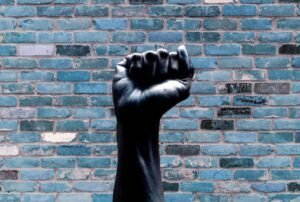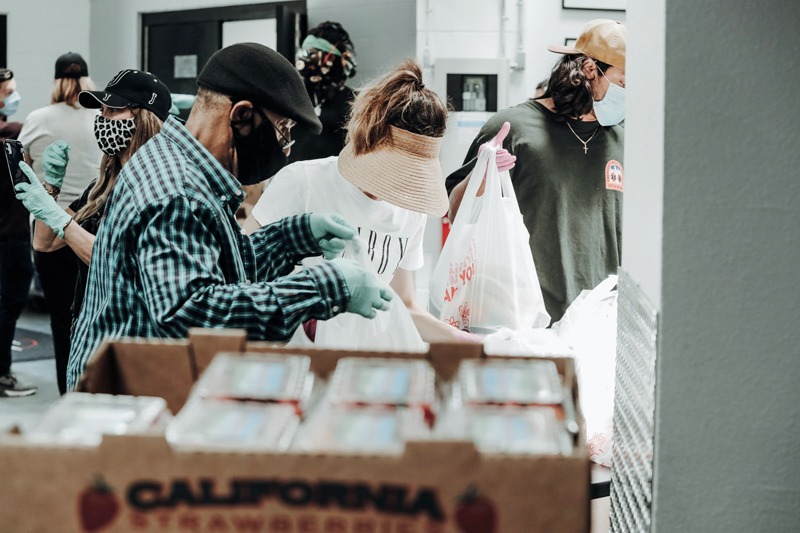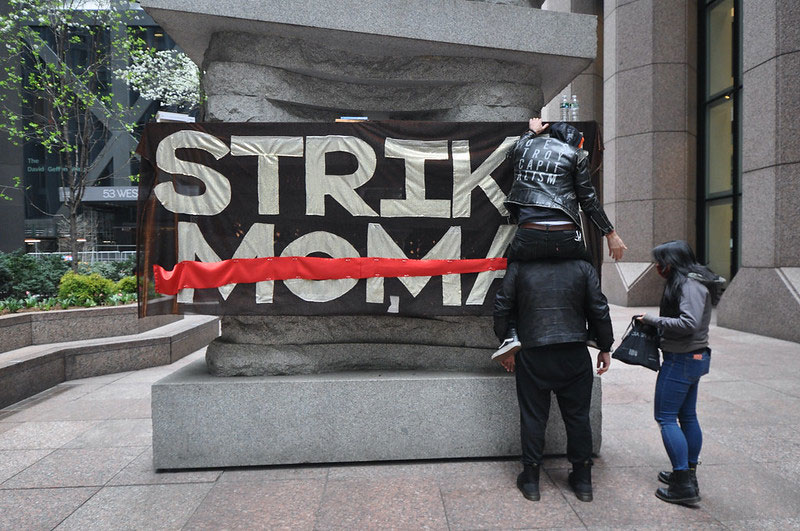June 17, 2010; Source: Mercury News | Among the many unusual methods of funding nonprofits is California’s Tobacco Master Settlement, half of which goes to the state and half is distributed to localities. San Jose typically used the bulk of its allocation, some $9 million to $11 million, to create the Healthy Neighborhoods Venture Fund that it has used to support nonprofits with a focus on “prevention programming for youth and senior populations.”
The general HNVF requirements are to “educate San Jose (sic) community about the harmful effects of tobacco use,” to “promote exercise, good nutrition, and recreational opportunities,” and to “foster independence by using the strengths and assets of youth and senior customers.” Even though the schedule of settlement payments appears secure for many years to come [PDF], the city has apparently dipped into the fund to help address a $118 million municipal budget deficit—more than it did last year when it only distributed roughly $6 million to nonprofits.
Sign up for our free newsletters
Subscribe to NPQ's newsletters to have our top stories delivered directly to your inbox.
By signing up, you agree to our privacy policy and terms of use, and to receive messages from NPQ and our partners.
For 2010-2011, the HNVF will be only $3.1 million. It isn’t clear, to understate the issue, how diverting $6 million fulfills the purposes of the tobacco settlement, but the Merc article doesn’t ask that question. Nonetheless, by eliminating the lowest ranking proposals, the city will be able to deny HNVF funding for 23 organizations.
Like previous NPQ Newswires about other California municipalities, there’s more to this story that addresses nonprofits per se. One councilman argues that the entire tobacco settlement payment should be devoted to the city’s general fund rather paid even in part to nonprofits. Here are nonprofits that are doing work relatively consistent with the broad purposes of the tobacco settlement, such as Unity Care’s afterschool program for youth and Friends Outside’s programs for families, youths, prisoners and ex-prisoners who are overcoming the effects of incarceration, but San Jose will put the small amount of dollars into the mélange of competing interests funded through the general fund. A sense of increasing enmity toward nonprofits is palpable, pitching nonprofits carrying anti-tobacco messages against the “public” purposes of the municipality.— Rick Cohen












